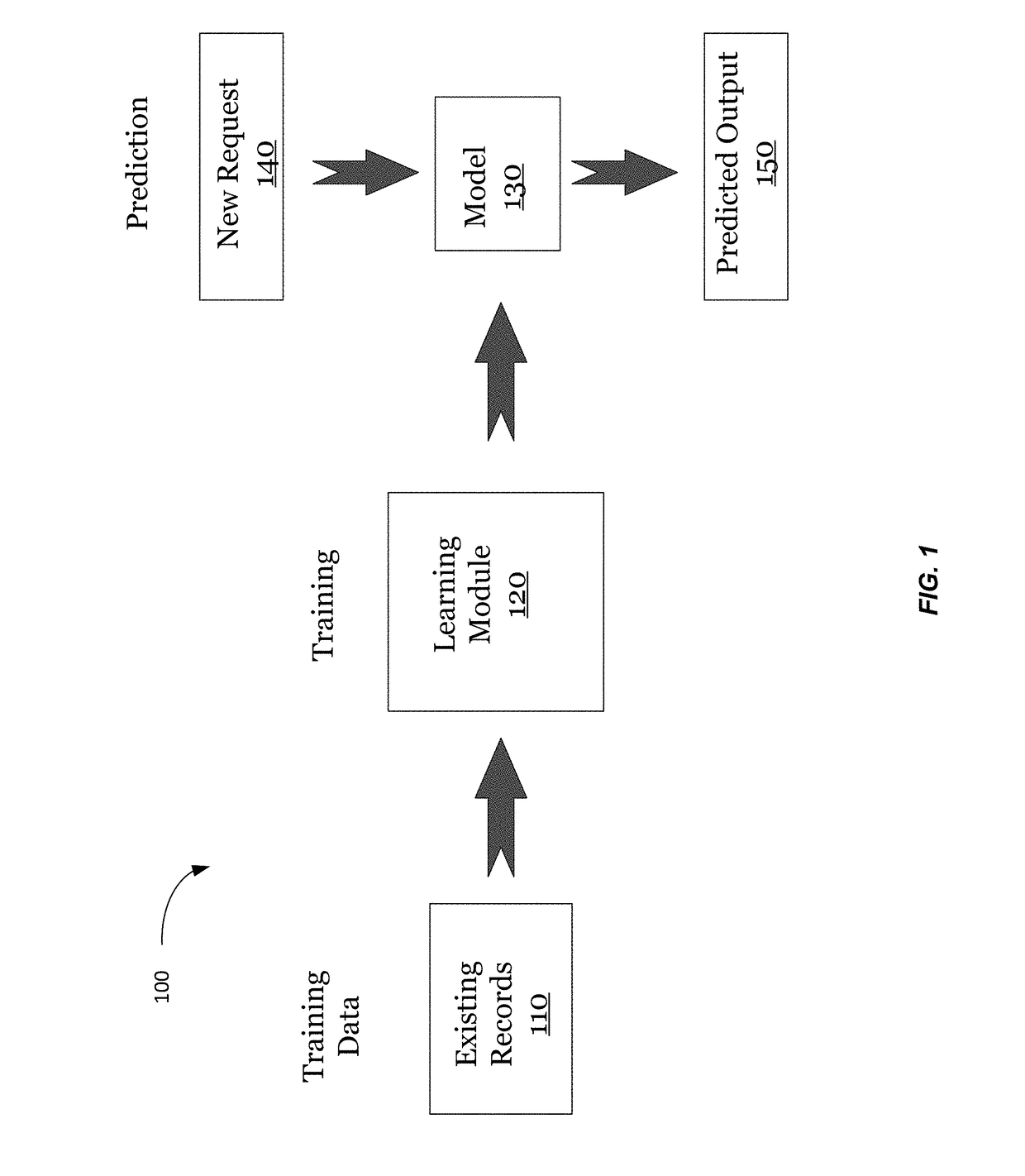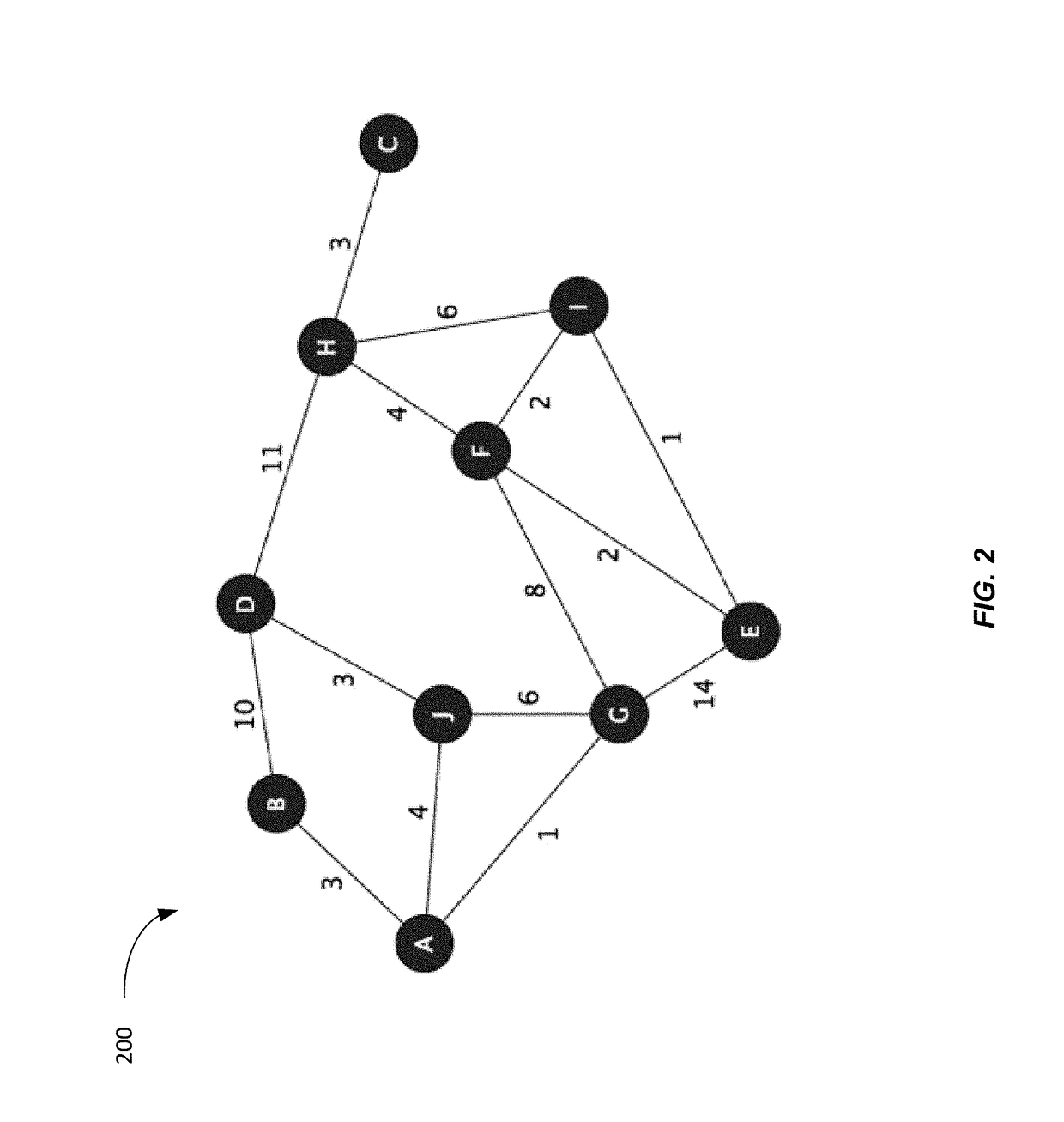Autonomous learning platform for novel feature discovery
a learning platform and novel feature technology, applied in probabilistic networks, instruments, dynamic trees, etc., can solve the problems of inability to use, corrupted nodes within a route, and different speed of each communication channel in the network, so as to reduce the cost function
- Summary
- Abstract
- Description
- Claims
- Application Information
AI Technical Summary
Benefits of technology
Problems solved by technology
Method used
Image
Examples
Embodiment Construction
[0030]In the description below, an overview of a method for performing autonomous learning is provided. If an artificial intelligence (AI) model is trained once, it may become outdated and fail to provide relevant outputs. And, even if the training set is updated, but the same features are used, the AI model (or just AI) can also fail to provide optimal results. For example, in dynamically changing environments, the remembered patterns may become irrelevant or less predictive over time, and the AI may begin making poor predictions rather than good ones. To address this problem, some embodiments can learn new features for training the AI model, and thus continue to evolve to recent changes in information, thereby providing more optimal results.
[0031]In some implementations, an information space can be analyzed to determine suitable features for training the AI model. The information space may be represented as a topological graph of nodes connected by edges, which can have assigned w...
PUM
 Login to View More
Login to View More Abstract
Description
Claims
Application Information
 Login to View More
Login to View More - R&D
- Intellectual Property
- Life Sciences
- Materials
- Tech Scout
- Unparalleled Data Quality
- Higher Quality Content
- 60% Fewer Hallucinations
Browse by: Latest US Patents, China's latest patents, Technical Efficacy Thesaurus, Application Domain, Technology Topic, Popular Technical Reports.
© 2025 PatSnap. All rights reserved.Legal|Privacy policy|Modern Slavery Act Transparency Statement|Sitemap|About US| Contact US: help@patsnap.com



